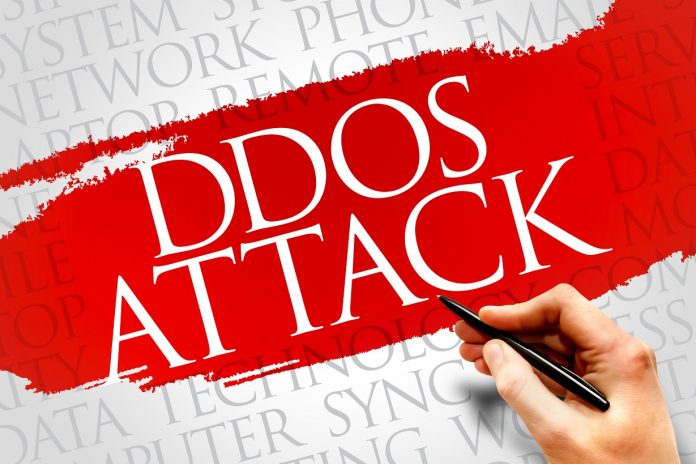Recognizing the ongoing and increasing threats from distributed denial of service (DDoS) attacks, NTT Com is highlighting its DDoS Protection Service, which allows for fast and effective actions to minimize the impact of a hit.
Cybersecurity remains at the top of the headlines, with world leaders and network engineers alike talking about its risks and remedies. But while any organization with an online presence is a potential target for a DDoS attack, many organizations have inadequate security strategies in place for defending against such a threat.
There is no single defense strategy to defend against today’s sophisticated and evolving DDoS threat landscape. Instead, a layered defense approach is recommended that combines traditional security measures, vast availability of bandwidth, intelligent DDoS mitigation systems and sound risk management strategies. NTT Com has deployed technologies to aid in the effort, built upon DDoS protection platforms, NTT Com’s global Tier-1 IP network and 24×7 expert monitoring services.
One of the most common types of online threats, a DDoS attack is an attempt to make a network resource unavailable by interrupting or suspending services of a host connected to the Internet, usually by overwhelming it with bogus traffic flows. These attacks can strike at any time, potentially crippling network infrastructure and severely degrading user experience.
When notified of a possible attack, NTT Com’s dedicated network security team analyzes key network data to confirm whether an attack is in progress, and then rapidly re-directs incoming traffic through the mitigation platform. The DDoS Protection Service platform is built on best-of-breed technology, which removes attack traffic and passes legitimate “clean” traffic onto a network, allowing businesses to stay online and function during the attack.
A recent report by Akamai found that the number of DDoS attacks in the second quarter of 2015 increased 132 percent compared with the same period last year. The study also said that the average DDoS attack lasted nearly 21 hours. Those 21 hours are hours during which customers can’t shop online, pay their bills or check e-mail—which directly affects a company’s bottom line.
Depending upon the type and severity of the attack, the impact might also result in resource damages, decreased productivity and irreparable harm to a company’s brand.
Early DDoS attacks were focused primarily on flooding network resources with unwanted traffic so that legitimate traffic would be unable to reach the intended target. More recently, application layer attacks designed to compromise a specific service on a host have become more prevalent. Because application layer attack traffic looks similar to legitimate traffic, traditional security measures, such as filtering, firewalls and intrusion detection and protection systems are not sufficient defenses.
In addition, attackers are learning from the defending countermeasures being used and adjusting their attacks towards other targets and vulnerabilities.
The motivations of attackers can range from social and political protests—“hacktivism”—to financial extortion with the intent to disrupt governments, organizations or businesses. In many cases DDoS attacks are the cover for other hacking crimes, such as property, fund or data thefts.
Recent political instability and unrest in the Middle East, Ukraine and Africa saw corresponding spikes in DDoS attacks on regional businesses and governments. Often, Websites dedicated to reporting abuses or censorship become targets of DDoS attacks as well.
Internet-centric businesses, online retailers and e-commerce websites are especially vulnerable even, if they have some DDoS mitigation tools in place. However, insufficient budget resources, a shortage of qualified personnel, and a lack of C-level support are still critical barriers to preventing and mitigating attacks, a report from the Ponemon Institute found.
“NTT Com offers the technology, experience and flexibility that competitive telecommunications providers need to design and implement a comprehensive and successful DDoS defense strategy,” the company said.










